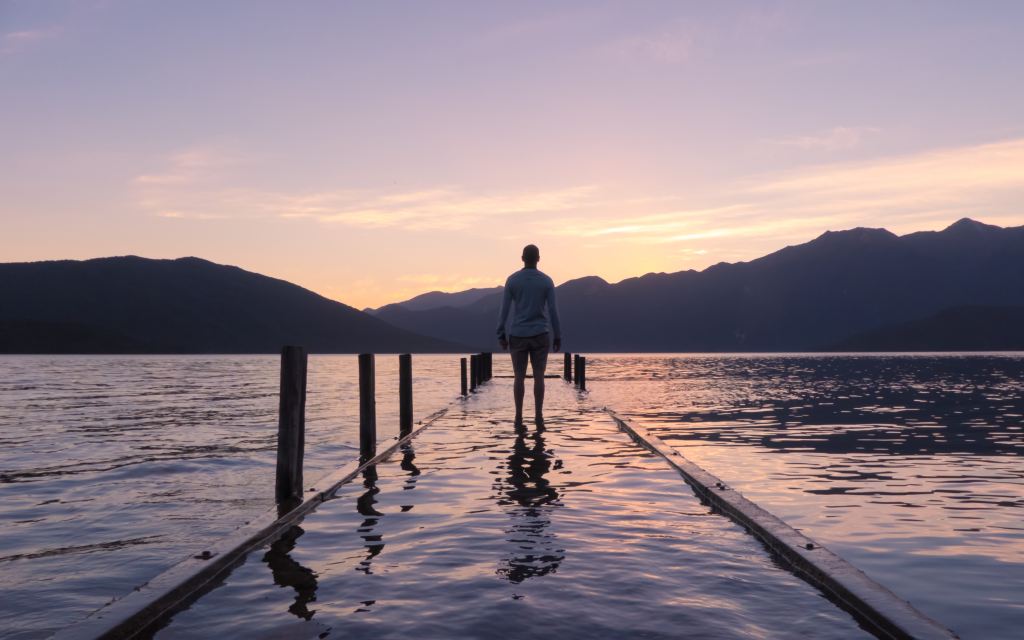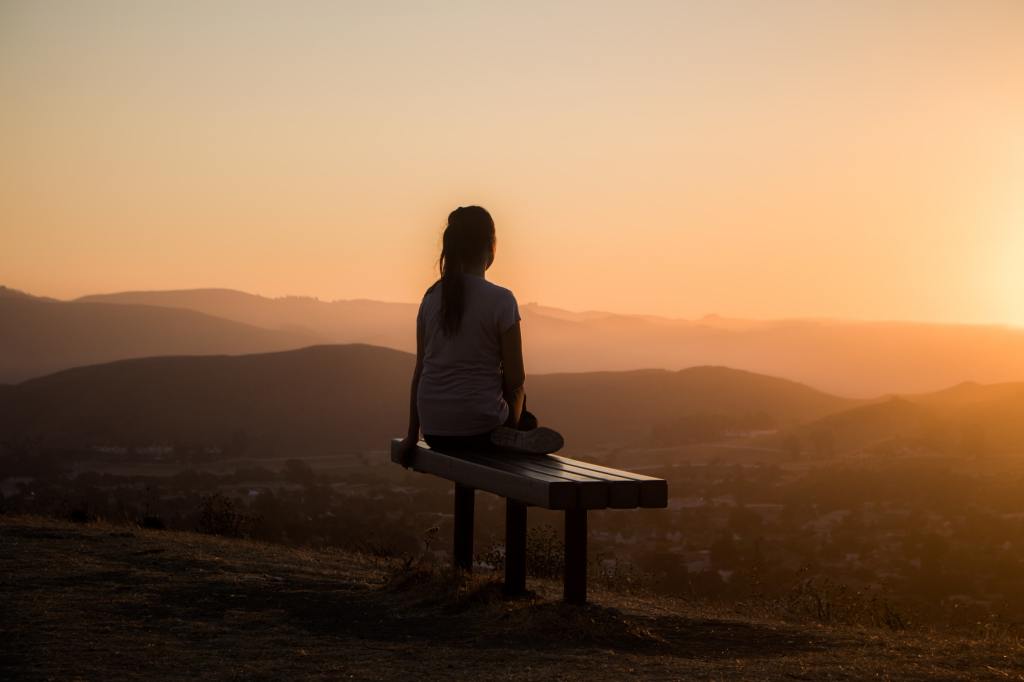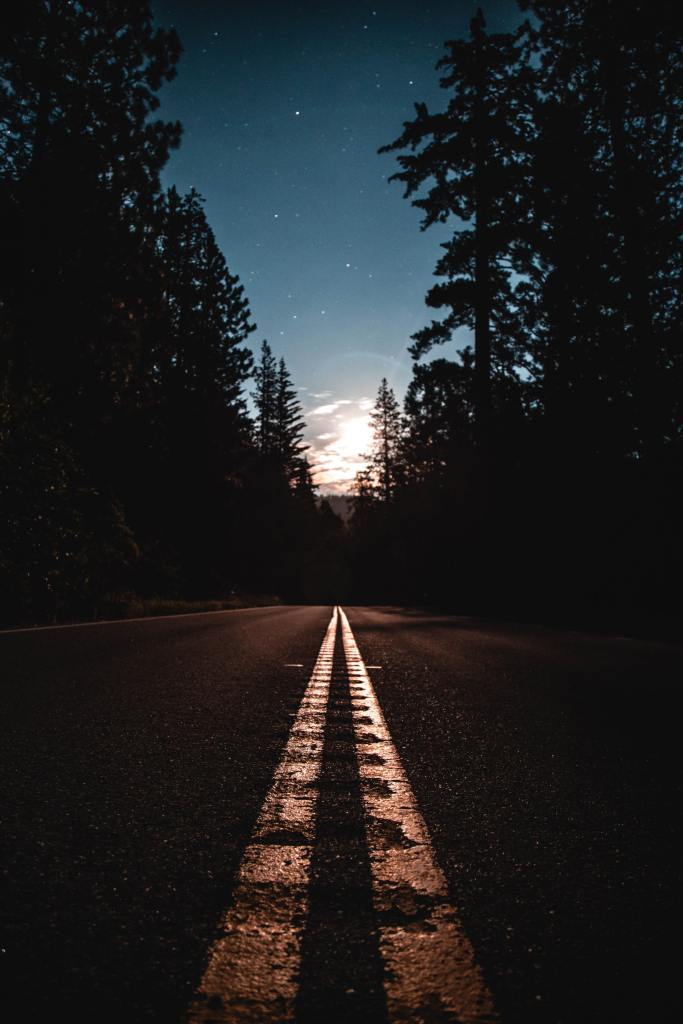
Nearly four years have passed since the outbreak of the covid-19 pandemic. As the world fell still and silent in the spring of 2020, there were times when it seemed as though normality might be lost forever. Today the darkness of those times feels both a close and distant memory. The world is a very different place now and, for the majority of people, life continues as it did before the pandemic.
But there are many for whom this isn’t so. Above all, there are those who have lost their lives to the virus, and the friends and family left behind. The front line medical staff still traumatised by what they witnessed in the worst times, and the school children living with the emotional impact of repeated lockdowns. Then there are the many people disabled by long covid, unsure to as whether they will ever regain their former heath. For these countless individuals, life will never be the same again.
In addition, there are those of us with long-term medical conditions who cannot safely return to pre-2020 normality. In the early days of the pandemic we were known as the clinically vulnerable: now we are rarely spoken about at all. I cannot remember the last time I saw the mainstream media address our existence – it is as though we disappeared in 2022 when the final restrictions were lifted and society returned to normal.
In reality, we are still here. A research project by University of Liverpool and University of Bath, undertaken in August 2023, stated that some 1.2 million people “are still shielding or living restricted lives due to Covid-19.” I am one of those people.
Individual reasons for ongoing covid caution vary. For the immunosuppressed, especially those who have been unable to mount an immune response to the vaccine, covid remains a serious risk to life. A wider group includes people like me who have the ability to fight the virus, but whose underlying condition is vulnerable to its impact.
What follows are my own personal reasons for continuing to actively avoid covid. I share them as an example of why, for so many of us, the pandemic isn’t over.
Covid isn’t a cold
Although for many people covid presents as a mild illness with no apparent lasting effects, the popular idea that this makes it equivalent to a cold is misguided. The World Health Organisation (WHO) states that “The consequences of severe COVID-19 include death, respiratory failure, sepsis, thromboembolism (blood clots), and multi-organ failure, including injury of the heart, liver or kidneys,” and adds that while people most at risk of severe illness are the elderly or those with underlying conditions, “anyone at any age can […] become seriously ill or die.” The British Heart Foundation details potential damage to the heart and circulatory system on its website, while research has found lasting effects throughout the body, including the brain. In March 2023, it was estimated that 1.9 million people in the UK alone were suffering the disabling effects of long covid.

The rate of covid hospitalisation has declined dramatically with newer variants and vaccination, and the risk of long covid may have declined too. But whether or not to take the risk is not a simple decision for those of us in an already seriously depleted state of health. In the same way that someone in financial poverty must avoid any expenses beyond their carefully allotted outlay, in my state of health poverty I will always be forced to budget on a scale that is unimaginable to those in health abundance.
My viral history
I have a long and dreadful history of viral illness. My ME was caused by a virus that struck me at the age of 12 and left me completely paralysed within months. Over thirty years later, I remain severely ill. Viruses have triggered every relapse I’ve had, sometimes wiping out years of painstaking progress in a moment. The entire course of my life has been shaped by viral illness.
In the years immediately before the pandemic, I had a particularly rough time, with a seemingly endless succession of infections. I missed birthdays, Christmas and my father’s funeral – all events I would have been well enough to be part of in my normal health, but made impossible by the effects of the latest virus to have hit me.
A major pandemic was always going to present huge challenges to my life, and yet the great paradox of covid shielding has been that an ostensibly more restricted existence has offered significant benefits to my health. As a result of largely avoiding viruses for four years, I now have a level of functioning that I couldn’t have imagined at the start of the pandemic. I remain extremely incapacitated, but progress that I’ve made since shielding has been maintained, rather than being wiped out by yet another virus. My lifelong dream of gaining independence within my own home now feels as though it could be attainable one day, rather than the absolute impossibility that it seemed for so long.

There is no way of knowing how my body would react to covid. There has been no research into the effects of covid on people with ME (unsurprising, given that there is so little research into ME at all) and I have only anecdote to rely on. This paints a mixed picture. Within my ME circles, I know people who have had serious relapses following covid, some of whom had previously considered themselves fully recovered. I know others who spent time in intensive care, though this was earlier in the pandemic and before vaccination. And then there are those who have regained their previous baseline after a few rough weeks, a trend which seems more common since Omicron. A significant number have, like me, managed to avoid it so far, which adds further uncertainty to the overall picture. I hope that my body is much better placed to cope with covid than it would’ve been earlier in the pandemic, but only time will tell.
Living a covid-cautious life
Although I am no longer shielding in the way that I did in the early years of the pandemic, I am careful to an extent that would be unrecognisable to most people now. Contrary to what some might assume, I don’t live in fear of covid. I keep an eye on estimated levels in the community and adjust my precautions accordingly, but beyond that don’t give it much thought: my focus is always on living the best life that I can. In the summer, when case numbers were far lower, I was more relaxed than I have been more recently in a high winter wave (when there are many other circulating viruses to consider too). The level of risk that I’m prepared to take also varies depending on the occasion in question. For a family wedding last summer, which I was well enough to attend thanks to shielding, I suspended most of my protective measures in order to be fully present. But I’m less willing to take risks for more routine contact with family and friends, and favour outside meetings or video calls if possible. I’m gradually re-introducing more indoor contact into my life, but if I see someone inside I generally ask them to test first. Any tradesmen visiting the house are asked to wear a mask.

My approach is not as extreme as some might believe. The WHO still advises caution for gatherings of any size. It recommends that family and friends should meet in outdoor spaces where possible, or in well-ventilated venues if indoors. The use of masks is encouraged, as is asking anybody unwell to stay at home. While such measures may be undesirable for the vast majority, the WHO’s strong recommendation of continued care demonstrates that those of us still exercising caution are not acting irrationally.
The clinically vulnerable who now live normally
While there are many clinically vulnerable people still shielding or living restricted lives, a large number have now returned to normal. This can be a source of confusion for outsiders, and, at times, guilt for me. If people more obviously at risk from covid have returned to normal, why haven’t I? In fact there are numerous reasons for this. Many clinically vulnerable people were leading full and active lives before the pandemic and have either chosen to return to them, or found that they had no option but to do so when shielding support ended in 2021. For someone like me, who was already largely housebound, a cautious approach to covid does not represent a radical change of lifestyle.

Many other variables exist. A person with a limited life expectancy might view short-term risk differently to someone like me, with a reasonable hope of a longer-term future and a wish to ensure it is as independent as possible. But perhaps the single biggest variation is the discrepancy in medical support available for different conditions. Despite having had profound health problems since childhood, I am not under the care of a consultant and receive no medical support whatsoever for my condition. Were I to suffer a serious relapse, this wouldn’t change: there would be nothing available to me by way of treatment, symptomatic relief, or even basic support and guidance. Were I to require hospital treatment, I know that I would almost certainly be discharged in a far worse state than I went in, so damaging is the hospital environment to me. For this reason alone, I will always err on the side of caution with regard to my health.
Where now?
I’m glad that the world has returned to normal for most people, but I wish that the general public were much better informed about covid and advised to avoid infecting others. There is a glaring absence of government messaging encouraging the consideration of vulnerable people, or indeed any acknowledgement that we exist at all, and a strong sense that the mainstream media are now ignoring the issue. (Except for the occasional lapse into alarmist headlines when a new variant emerges.) A recent BBC News article offering advice to parents on reducing the spread of winter viruses among school children failed to even mention covid at all. Omissions like this matter. Many people believe that if covid isn’t being spoken about in the news, it no longer exists. When sensible advice on how to reduce transmission is absent, it adds to the impression that anyone practising caution is overreacting.
I am fortunate to have a supportive family who understand my need to be careful, but I fear the judgement of those who may not appreciate why it is necessary. There are many chronically ill and disabled people who face constant pressure to abandon their precautions. I have even heard of people receiving abuse from strangers for wearing masks in public places.

Considerable challenges are presented when living in a body vulnerable to covid, and a world that wants to forget it exists. This is true not only for me, but for those close to me too. I live with my mother, and for my protection she has sacrificed even more normality over the past four years than she already had as my carer in the decades before. My siblings lead active lives but have an acute awareness of their own viral exposure and the potential risk to me down the chain. Thanks to great care on their part and creativity from us all, we have managed to maintain our close family unit and share many special times together. But I’m aware of the fact that nobody’s life is fully normal because of my vulnerability. The truth is that this has always been so, but the pandemic has added yet another way in which our lives differ from other people’s.
It is hard to take a course that is so different to that which is now considered normal, and I feel guilty whenever I ask anyone outside of my immediate family to test themselves, or wear a mask, or meet me outside. I am grateful to everyone who does so without complaint, particularly those unfamiliar with my history. Nowadays self-protection can feel like a radical act, and even a source of shame. Having my limitations respected and understood means more than can be said.
My ongoing protective measures are something I constantly re-evaluate. The question of how to maintain the benefits I’ve found in low viral exposure, while also expanding my boundaries and regaining more normality in my interactions, is not an easy one to answer. For me it is an ongoing, process of gradual experimentation and readjustment. I also know it is a process that will become increasingly complicated as the wider world moves further and further away from a time when they, too, were concerned about covid.
I can only hope that there will be enough people who continue to respect the needs of those whose path out of the pandemic is not a simple one. People who remember and care, and who are prepared to make adjustments that allow us to participate in the world as safely and as fully as possible. The reality is that anyone who considers ongoing covid caution to be unnecessary, almost inevitably does so from the privileged position of confidence in their own body. That is a state truly to be envied.

I have written several times previously on the pandemic in the following pieces:
Life in Lockdown: What Matters When All Is Lost (April 2020)
The Uncertainty of Life After Lockdown (July 2020)
Seeking Peace in a World of Uncertainty (March 2021)
What Freedom Day Means for Those Who Aren’t Free (July 2021)
What It Means to Be Clinically Vulnerable in a World of Covid (February 2022)
Image credits and descriptions:
Main image: Karsten Würth on Unsplash. A grey pathway leads steeply upwards towards a peachy coloured sky. The path has grass on each side. A fence is formed on each side by a series of short stakes and wire.
Other images: 1) Tyler Lastovich on Unsplash. A person stands at the edge of a lake, looking out at the vast body of water. Their feet are submerged by water. 2) Naomi Whittingham. The photo shows Naomi as a teenager. She is lying flat in bed being tube fed. A feed stand is beside the bed. 3) Naomi Whittingham. Naomi, a white woman with long dark hair, sits outside in the sunshine in a wheelchair. She wears bright colours, sunglasses and a straw hat, and is smiling at the camera. 4) Sage Friedman on Unsplash. A silhouetted figure sits on a bench, looking out over hills. The sun is setting over the scene. 5) Jake Blucker on Unsplash. A road runs between dark trees, towards a point of light on the horizon.
